Business
Solving the Housing Affordability Crisis With This One Cool Trick
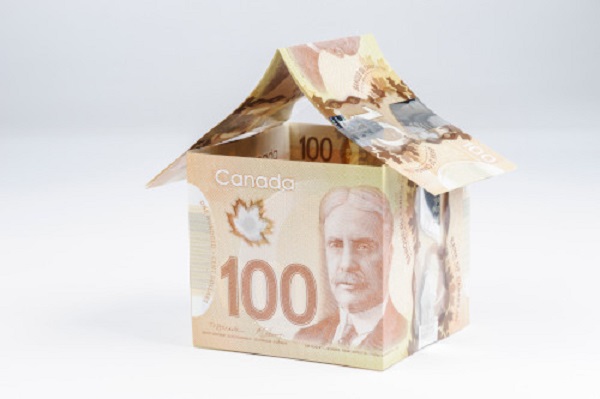
As you’ll soon see, local and provincial governments – if they were so inspired – could drop the purchase price on new homes by 20 percent. Before breakfast.
The Audit is a reader-supported publication. To receive new posts and support my work, consider becoming a free or paid subscriber.
It’s all about taxes and fees. This post will focus mostly on taxes and fees as they apply to new construction of relatively expensive detached homes. But the basic ideas will apply to all homes – and will also impact rentals.
Here are some estimated numbers to chew on. Scenarios based on varying permutations and combinations will produce different results, but I think this example will be a good illustration.
Let’s say that a developer purchases a single residential plot in Toronto for $1.4 million. In mature midtown neighborhoods, that figure is hardly uncommon. The plan is to build an attractive single family home and then sell it on the retail market.
Here are some estimates of the costs our developer will currently face:
- Construction costs on a 2,000 sq. ft. home (@ $350/sq. ft.): $700,000
- Land transfer taxes on the initial land purchase: $35,000
- Development fees: $100,000
- Permits and zoning/site approvals: $40,000
Total direct development costs would therefore come to $875,000. Of course, that’s besides the $1.4 million purchase price for the land which would bring our new running total to $2,275,000.
We’ll also need to account for the costs of regulatory delays. Waiting for permits, approvals, and environmental assessments can easily add a full year to the project. Since nothing can begin until the developer has legal title to the property, he’ll likely be paying interest for a mortgage representing 80 percent of the purchase price (i.e., $1,120,000). Even assuming a reasonable rate, that’ll add another $60,000 in carrying charges. Which will bring us to $2,335,000.
And don’t forget lawyers and consultants. They also have families to feed! Professional guidance for navigating through the permit and assessment system can easily cost a developer another $25,000.
That’s not an exhaustive list, by the way. To keep things simple, I left out Toronto’s Parkland Dedication Fee which, for residential developments, can range from 5 to 20 percent of the land value. And the Education Development Charges imposed by school boards was also ignored.
So assuming everything goes smoothly – something that’s far from given – that’ll give us a total development cost of $2,360,000. To ensure compensation for the time, work, investments, and considerable risks involved, our developer is unlikely to want to sell the home for less than $2,700,000.
But various governments are still holding their hands out. When the buyers sign an agreement of purchase, they’ll be on the hook for land transfer taxes and – since it’s a new house – HST. Ontario and Toronto will want about four percent ($108,000) for the transfer (even though they both just cashed in on the very same transfer tax for the very same land at the start of the process). And, even taking into account both the federal and Ontario rebates, getting the keys to the front door will require handing over another $327,000 for HST.
Here’s how development fee schedules currently look in Toronto:
And here’s a breakdown of the land transfer taxes assessed against anyone buying land:
In our hypothetical case, those fees would give us a total, all-in purchase price of $3,135,000. How much of that is due to government involvement (including associated legal and interest fees)? Around $695,000.
That’s $695,000 our buyers will pay – over and above the actual costs of land and construction. Or, in other words, a 22 percent markup.
Let’s put this a different way. If the cost of the median home in Canada dropped by 22 percent, then around 1.5 million extra Canadian households could enter the market. Congratulations, you’ve solved the housing affordability crisis. (Although supply problems will still need some serious work.)
Now it’s probably not realistic to expect politicians in places like the Ontario Legislature and Toronto City Council to give up that kind of income. But just lowering their intake by 50 or even 25 percent – and reducing the costs and pain points of acquiring permits – could make a serious difference. Not only would it lower home sale prices, but it would lower the barriers to entry for new home construction.
Just what were all those taxes worth to governments? Let’s begin with the City of Toronto. Their 2023 Financial Report tells us that land transfer taxes generated $944 million, permits and zoning applications delivered $137 million, and development fees accounted for $1.45 billion. Total city revenues in 2023 were $16.325 billion.
We’re told that all that money was spent on:
- Roads and transit systems
- Water and wastewater systems
- Fire and emergency services
- Parks and recreation facilities
- Libraries
Well, we do need those things right? We can’t expect the city to just eliminate fire and emergency services.
Wait. Hang on. I seem to recall being told that revenue from my property tax bill covered those services. Yes! My property tax did fund those things. Not 100 percent of those things, but a lot.
Specifically, Toronto property tax revenues cover 65 percent of the municipal costs for roads and transit systems, 85 percent of fire and emergency services, 75 percent of parks and recreation facilities, and 95 percent of library costs (even though very few people use public libraries any more).
Granted, property tax revenue covered only five percent of water and wastewater systems, but that’s because another 40 percent came from user fees (i.e., utility bills).
So revenues from land transfer taxes, developer fees, and permitting aren’t an insignificant portion of City income, but they’re hardly the linchpin propping the whole thing up either. City Council could respond to losing that income by increasing property taxes. Or – and I’m just throwing around random ideas here – they could reduce their spending.
Now what about the province? I couldn’t get a good sense of how much of their HST revenue comes specifically from new home sales, but Ontario’s 2023–24 consolidated financial statements tell us that provincial land transfer taxes brought in $3.538 billion. That would be around 1.7% of total government revenues. Again, a bit more than a rounding error.
Politics is about finding balances through trade offs. Sure, maintaining program spending while minimizing deficits is an ongoing and real challenge for governments. On the other hand, they all say they’re concerned about the housing crisis. Foregoing just one to five percent of revenues should, given the political payoffs and bragging rights that could follow, probably be an easy pill to swallow.
A few weeks ago I reached out to the City of Toronto Housing Secretariat and the Province of Ontario’s Municipal Affairs and Housing for their thoughts. I received no response.
The Audit is a reader-supported publication. To receive new posts and support my work, consider becoming a free or paid subscriber.
Business
Canada has given $109 million to Communist China for ‘sustainable development’ since 2015
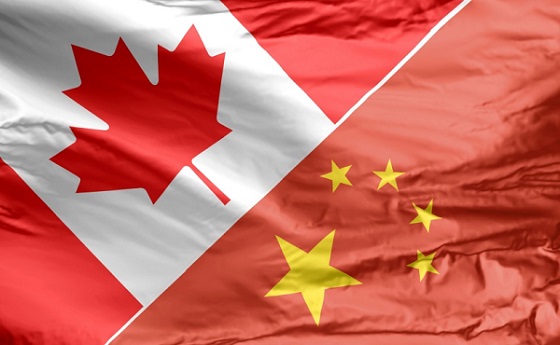
From LifeSiteNews
A briefing note showed Canadian aid has gone to ‘key foreign policy priorities in China, including human rights, gender equality, sustainable development, and climate change.’
A federal briefing note disclosed that well over $100 million has been provided to the Communist Chinese government in so-called “foreign aid” to promote “sustainable development” that includes woke ideology such as gender equality.
As reported by Blacklock’s Reporter, a recent briefing note titled Assistance to China from May for the Minister of International Development showed $109 million has gone to “key foreign policy priorities in China, including human rights, gender equality, sustainable development, and climate change” since 2015 and $645 million since 2003.
The briefing note asked directly if funding was “going to the Government of China.”
In reply, the briefing note stated, “Canada has not provided direct bilateral assistance to Chinese state authorities since 2013, though it continues to provide small amounts of funding to international partners and non-state partners on the ground.”
Former Prime Minister Justin Trudeau came to power in 2015 and increased relations with the Communist Chinese regime. This trend under the Liberal Party government has continued with Prime Minister Mark Carney.
During a 2025 federal election campaign debate, Conservative Party leader Pierre Poilievre called out Carney for his ties to Communist China.
Conservative MP Andrew Scheer has consistently called out any money at all going to China, saying, “I don’t believe Canadian taxpayers should be sending any money to China.”
“We’re talking about a Communist dictatorial government that abuses human rights, quashes freedoms, violates rights of its citizens, and has a very aggressive foreign policy throughout the region,” he noted.
Scheer added that he has been calling on the Carney Liberals to “stand up for themselves, stand up for Canadians, stop being bullied and pushed around on the world stage, especially by China.”
Most of the money in foreign aid was spent through globalist-backed agencies such as the World Bank and the United Nations Development Program. Some 39 percent of the money was said to have gone straight to Chinese recipients, but no projects were itemized.
Other countries have received millions of dollars in foreign aid, with $2.1 billion going to Ukraine, $195 million to Ethiopia, $172 million to Haiti, and $151 million to the West Bank and Gaza last year.
Foreign aid to all nations totaled $12.3 billion.
LifeSiteNews recently reported that the Canadian Liberal government gave millions in aid to Chinese universities.
China has been accused of direct election meddling in Canada, as reported by LifeSiteNews.
LifeSiteNews also reported that a new exposé by investigative journalist Sam Cooper has claimed there is compelling evidence that Carney and Trudeau are/were strongly influenced by an “elite network” of foreign actors, including those with ties to China and the World Economic Forum.
Business
Canada’s combative trade tactics are backfiring
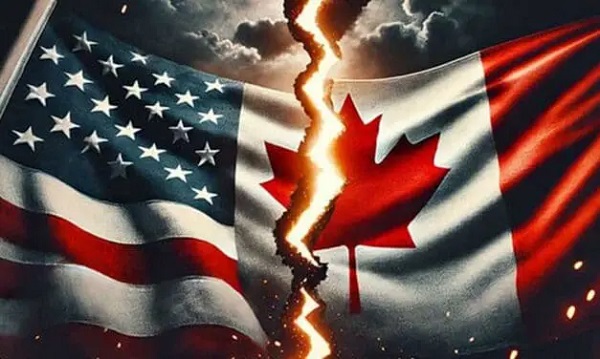
This article supplied by Troy Media.
Defiant messaging may play well at home, but abroad it fuels mistrust, higher tariffs and a steady erosion of Canada’s agri-food exports
The real threat to Canadian exporters isn’t U.S. President Donald Trump’s tariffs, it’s Ottawa and Queen’s Park’s reckless diplomacy.
The latest tariff hike, whether triggered by Ontario’s anti-tariff ad campaign or not, is only a symptom. The deeper problem is Canada’s escalating loss of credibility at the trade table. Washington’s move to raise duties from 35 per cent to 45 per cent on nonCUSMA imports (goods not covered under the Canada-United States-Mexico Agreement, the successor to NAFTA) reflects a diplomatic climate that is quickly souring, with very real consequences for Canadian exporters.
Some analysts argue that a 10-point tariff increase is inconsequential. It is not. The issue isn’t just what is being tariffed; it is the tone of the relationship. Canada is increasingly seen as erratic and reactive, negotiating from emotion rather than strategy. That kind of reputation is dangerous when dealing with the U.S., which remains Canada’s most important trade partner by a wide margin.
Ontario Premier Doug Ford’s stand up to America messaging, complete with a nostalgic Ronald Reagan cameo, may have been rooted in genuine conviction. Many Canadians share his instinct to defend the country’s interests with bold language. But in diplomacy, tone often outweighs intent. What plays well domestically can sound defiant abroad, and the consequences are already being felt in boardrooms and warehouses across the country.
Ford’s public criticisms of companies such as Crown Royal, accused of abandoning Ontario, and Stellantis, which recently announced it will shift production of its Jeep Compass from Brampton to Illinois as part of a US$13 billion U.S. investment, may appeal to voters who like to see politicians get tough. But those theatrics reinforce the impression that Canada is hostile to
international investors. At a time when global capital can move freely, that perception is damaging. Collaboration, not confrontation, is what’s needed most to secure investment in Canada’s economy.
Such rhetoric fuels uncertainty on both sides of the border. The results are clear: higher tariffs, weaker investor confidence and American partners quietly pivoting away from Canadian suppliers.
Many Canadian food exporters are already losing U.S. accounts, not because of trade rules but because of eroding trust. Executives in the agri-food sector are beginning to wonder whether Canada can still be counted on as a reliable partner, and some have already shifted contracts southward.
Ford’s political campaigns may win applause locally, but Washington’s retaliatory measures do not distinguish between provinces. They hit all exporters, including Canada’s food manufacturers that rely heavily on the U.S. market, which purchases more than half of Canada’s agri-food exports. That means farmers, processors and transportation companies across the country are caught in the crossfire.
Those who believe the new 45 per cent rate will have little effect are mistaken. Some Canadian importers now face steeper duties than competitors in Vietnam, Laos or even Myanmar. And while tariffs matter, perception matters more. Right now, the optics for Canada’s agri-food sector are poor, and once confidence is lost, it is difficult to regain.
While many Canadians dismiss Trump as unpredictable, the deeper question is what happened to Canada’s once-cohesive Team Canada approach to trade. The agri-food industry depends on stability and predictability. Alienating our largest customer, representing 34 per cent of the global consumer market and millions of Canadian jobs tied to trade, is not just short-sighted, it’s economically reckless.
There is no trade war. What we are witnessing is an American recalibration of domestic fiscal policy with global consequences. Canada must adapt with prudence, not posturing.
The lesson is simple: reckless rhetoric is costing Canada far more than tariffs. It’s time to change course, especially at Queen’s Park.
Dr. Sylvain Charlebois is a Canadian professor and researcher in food distribution and policy. He is senior director of the Agri-Food Analytics Lab at Dalhousie University and co-host of The Food Professor Podcast. He is frequently cited in the media for his insights on food prices, agricultural trends, and the global food supply chain
Troy Media empowers Canadian community news outlets by providing independent, insightful analysis and commentary. Our mission is to support local media in helping Canadians stay informed and engaged by delivering reliable content that strengthens community connections and deepens understanding across the country
-

 Business2 days ago
Business2 days agoThe painful return of food inflation exposes Canada’s trade failures
-

 Business18 hours ago
Business18 hours agoTrans Mountain executive says it’s time to fix the system, expand access, and think like a nation builder
-
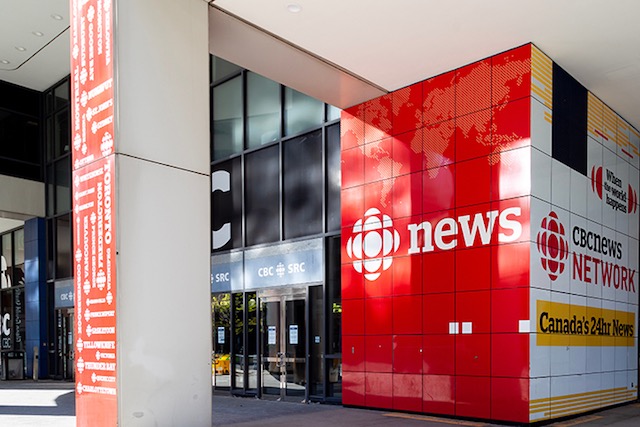
 Business2 days ago
Business2 days agoCBC uses tax dollars to hire more bureaucrats, fewer journalists
-
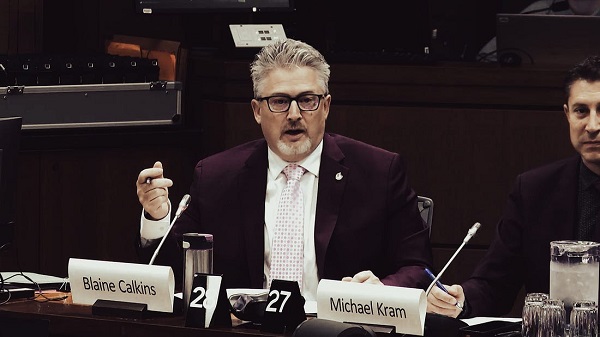
 National2 days ago
National2 days agoElection Officials Warn MPs: Canada’s Ballot System Is Being Exploited
-
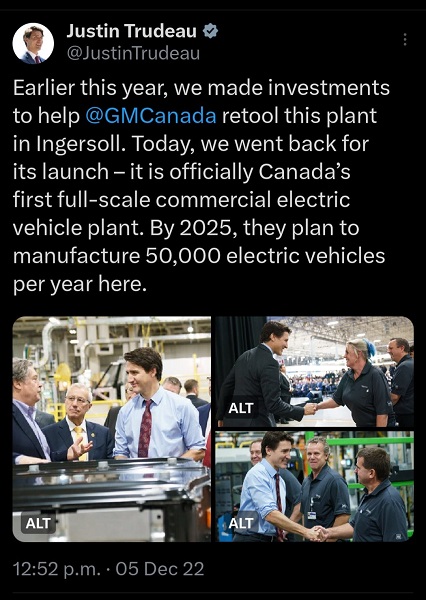
 Business2 days ago
Business2 days agoPaying for Trudeau’s EV Gamble: Ottawa Bought Jobs That Disappeared
-

 Bruce Dowbiggin2 days ago
Bruce Dowbiggin2 days agoIs Roundball A Square Game? Sports Betting Takes Another Hit
-
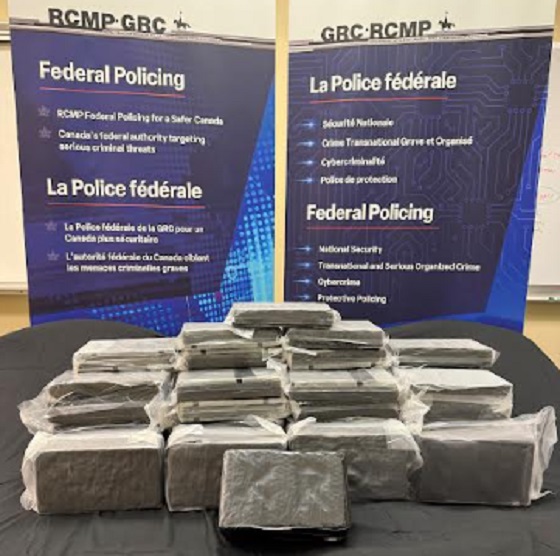
 Alberta2 days ago
Alberta2 days agoCoutts border officers seize 77 KG of cocaine in commercial truck entering Canada – Street value of $7 Million
-

 Alberta1 day ago
Alberta1 day agoPremier Smith sending teachers back to school and setting up classroom complexity task force












